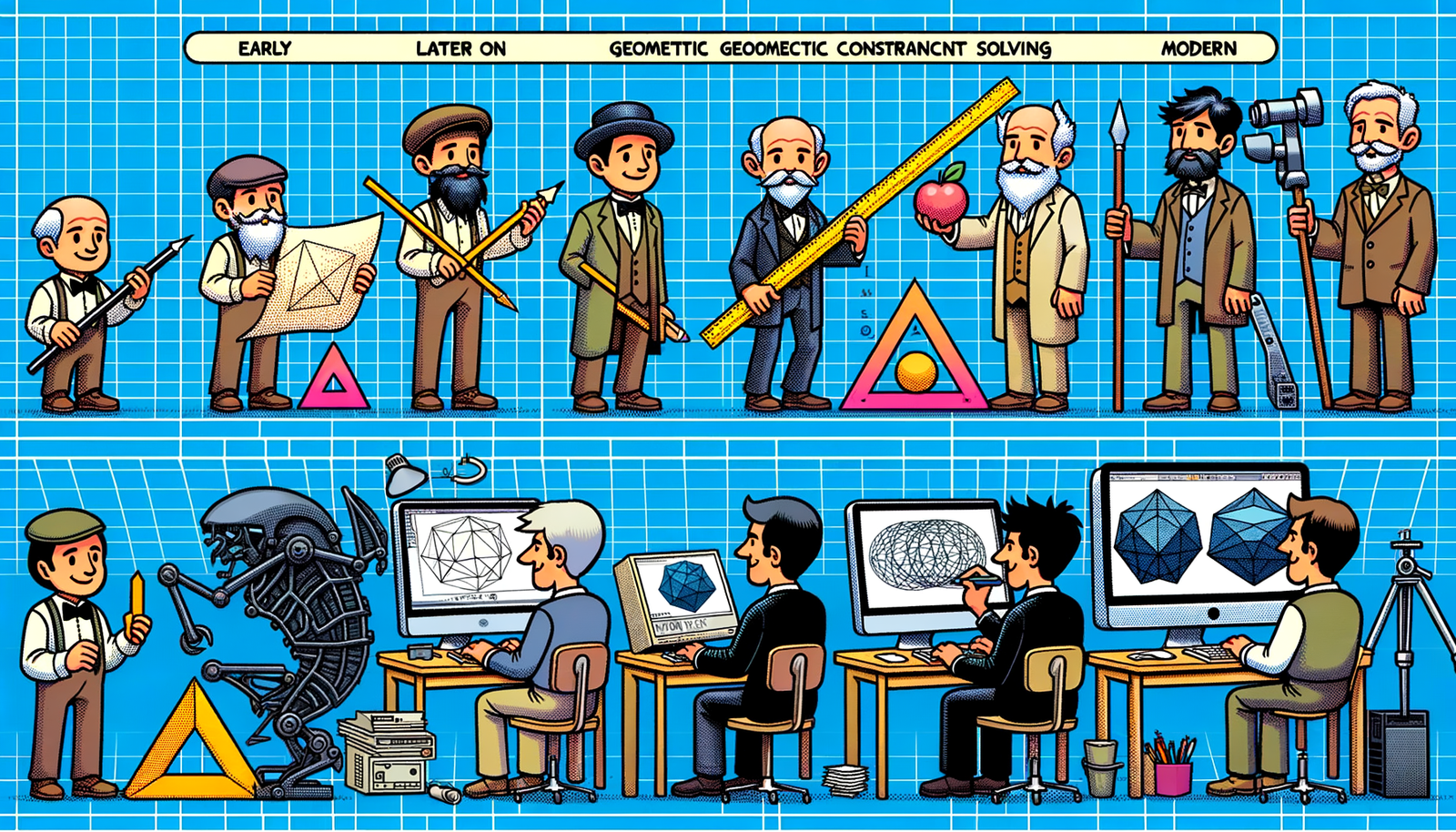Your Cart is Empty
Customer Testimonials
-
"Great customer service. The folks at Novedge were super helpful in navigating a somewhat complicated order including software upgrades and serial numbers in various stages of inactivity. They were friendly and helpful throughout the process.."
Ruben Ruckmark
"Quick & very helpful. We have been using Novedge for years and are very happy with their quick service when we need to make a purchase and excellent support resolving any issues."
Will Woodson
"Scott is the best. He reminds me about subscriptions dates, guides me in the correct direction for updates. He always responds promptly to me. He is literally the reason I continue to work with Novedge and will do so in the future."
Edward Mchugh
"Calvin Lok is “the man”. After my purchase of Sketchup 2021, he called me and provided step-by-step instructions to ease me through difficulties I was having with the setup of my new software."
Mike Borzage
Revit Tip: Leveraging Revit for Historical Building Restoration: Essential Tips and Strategies
May 03, 2024 2 min read

Working on historical building projects in Revit presents unique challenges that require a thoughtful approach to ensure accuracy and efficiency while respecting the integrity of the original design. Here's how you can leverage Revit's powerful tools for such projects:
- Conduct a Thorough Survey: Before beginning your Revit model, it's essential to have detailed measurements and photographs of the existing conditions. Laser scanning can provide precise data for complex geometries and ornate details.
- Use Phasing: Revit's phasing tools allow you to differentiate between existing structures, demolitions, and new constructions. This helps in planning restoration or extension work effectively.
- Employ Worksets: Organize your project by creating worksets for different parts of the building or construction stages. This will enhance collaboration and help manage visibility settings for large teams.
- Custom Family Creation: Historical buildings often have unique elements not found in standard Revit libraries. Create custom families for these features to maintain authenticity.
- Model in Detail: Use Revit's detail components and drafting views to capture intricate details that can't be fully expressed in the 3D model, such as historical moldings or masonry patterns.
- Adaptive Components: For irregular and complex shapes that are common in historical buildings, use adaptive components to create flexible, parametric models.
- Material Analysis: Utilize Revit's material takeoff tools to analyze existing materials. This is crucial for restoration work where matching materials is necessary.
- Visualization: Leverage Revit's rendering capabilities to create compelling visuals that can help stakeholders understand the preservation work without needing to interpret technical drawings.
- Documentation: Use Revit sheets and schedules to prepare detailed construction documents that adhere to heritage conservation guidelines.
- Collaborate with Experts: Historical renovations often require input from architects, archaeologists, and conservationists. Use Revit's collaboration tools to ensure all team members have access to the latest model updates.
For specialized resources and Revit add-ons tailored to heritage projects, consider visiting NOVEDGE, a platform that offers a wide array of software solutions to support your historical building projects with Revit.
Utilizing these tips can help maintain the delicate balance between preserving the historical essence of a building and integrating modern-day standards. Revit's advanced tools and a meticulous approach will ensure that your historical building projects are not just preserved but brought to life for future generations to appreciate.
```You can find all the Revit products on the NOVEDGE web site at this page.
Also in Design News

Bluebeam Tip: Maximize PDF Security and Efficiency with Bluebeam Revu's Flatten Tool
December 02, 2024 1 min read
Read More
Design Software History: Evolution and Impact of Geometric Constraint Solving in CAD History
December 02, 2024 2 min read
Read More
Rhino 3D Tip: Enhancing Scale Modeling Accuracy in Rhino 3D: Essential Tips for Designers and Engineers
December 02, 2024 2 min read
Read MoreSubscribe
Sign up to get the latest on sales, new releases and more …


